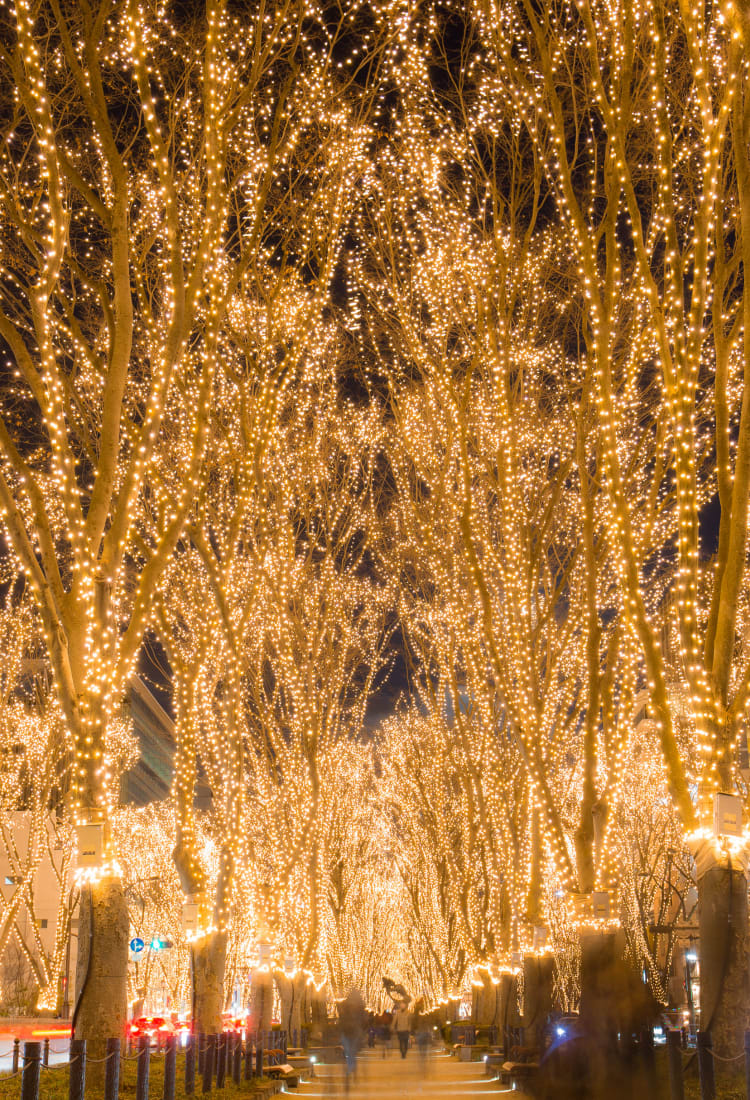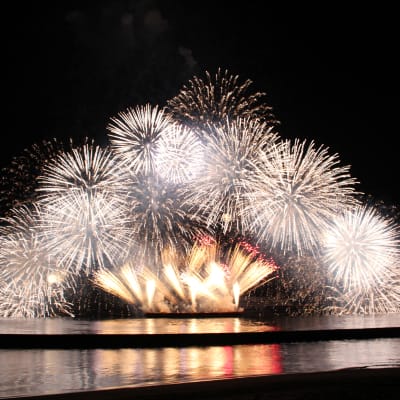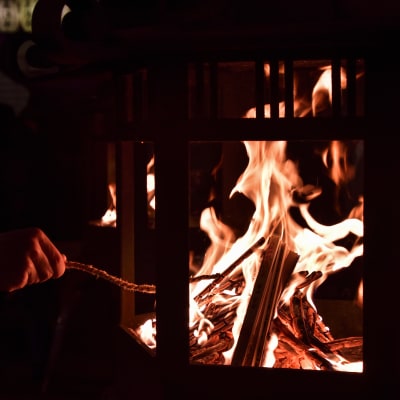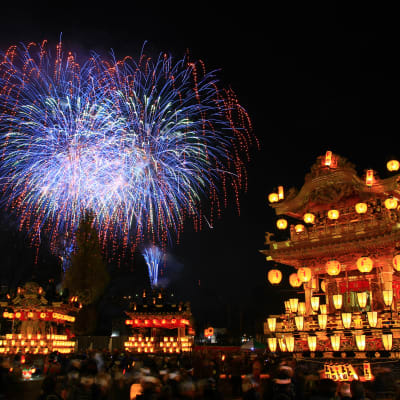The silver season arrives
The end of the calendar year sees such seasonal highlights as wide-spread winter illuminations, the start of the ski season and often the first snowfall. Weather ranges from autumnal cool to proper winter cold. Japan's oshogatsu holiday season comes at the end of the month with Christmas being more of a token event. Crisp, clear winter skies make mountain vistas pop against azure backgrounds with everything seeming that little bit extra special at year's end.
Know Before You Go
- Early season skiing is possible from mid to late December at some resorts
- The new year's period is a busy and expensive time to travel with some businesses closing for a few days
- The Oshogatsu holiday period typically runs from December 29 to January 3 depending on how the days fall
- Many shrines hold New Year's Eve events on December 31

Snow-capped Mt. Fuji seen from Lake Ashinoko
Turn of the season, turn of the year
Winter weather conditions vary greatly throughout Japan. As you might expect, southerly locations like Kyushu are warmer throughout the year than Hokkaido . Mountainous areas begin to get snow in late autumn and the thermometer may dip below zero in colder places like Nagano and Niigata . Sunny days in Tokyo can feel warm, but Kyoto gets surprisingly cold.
Originally a Western import, Christmas is celebrated in Japan, but is much different than the family-oriented holiday in English speaking countries. Decorations are everywhere but few presents are exchanged. Christmas turkey is unheard of, with a Yuletide trip to KFC being the preferred practice. Couples go out for romantic dinners rather than spending time with family. Glitzy urban areas in the city center like Ginza and the Marunouchi area around Tokyo Station are prime spots for fancy dinners and festive lights.

The chic, sophisticated Marunouchi district
New Year's Eve and the first few days of the new year are the more important holiday for Japanese. While most visitors don't get to experience it in a family setting, you can visit shrines to see the new year in like a local. Many hold events and prepare warm sake, toshikoshi soba (buckwheat noodles), and pork soup for visitors.
Lighting up the night
As with fireworks, Japan excels at making lavish light displays in the wintertime. Many start in mid-November and continue through the winter adding a certain frisson to chilly city nights.
You'll find major displays all over Tokyo and, if you have time, you can even take the Yamanote Line around the city to see a few of them. A short walk from Shimbashi Station, visitors can see the Caretta Illumination. The Midtown Christmas event near Roppongi Station has a shorter run, until December 25.


Other big events around Japan include: the Sagamiko Illumillion in Kanagawa ; the Sendai Pageant of Starlight ; The Ashikaga Flower Fantasy in Tochigi ; the Nabana no Sato Winter Illumination in Mie and the Osaka Hikari Renaissance (12/14 to 12/25). Special mention also goes to the Kobe Luminarie whose impressive display commemorates the Great Hanshin Earthquake of 1995.

One of the light displays at the Kobe Luminarie
Ringing in the ski season
Most popular ski resorts are up and running by mid- to late December. When snowfall is scarce early in the season, resorts use artificial snow to compensate. Hokkaido's big resorts may open as early as the end of November.

Hakuba and Shiga Kogen in Nagano are both popular spots for a ski holiday as are Echigo-Yuzawa and Myoko in Niigata . Zao Onsen and Appi Kogen are good choices farther north. Be sure to research opening dates online when planning a trip as they vary from year to year.
Two birds, one stone
Many of Japan's ski resorts double as hot spring resorts, or at least have a selection of onsen bathing spots nearby. Worth a visit for the baths in their own right, they offer pleasurable post-ski relaxation or a viable alternative to skiing and snowboarding.

Nozawa Onsen seen from the slopes
December events
One surefire way to beat the winter chills is a trip to Ramen Expo in Osaka . Held on four weekends through the month, the event charges no admission fee and has some 40 noodle vendors to choose from. Over in Kobe , the Nankinmachi Lantern Festival in Chinatown runs from early to late December with plentiful colors and flavors drawing crowds.

The Nankinmachi Lantern Festival is a colorful affair
One of the more unusual and distinctive festivals is the Namahage event held on New Year's Eve in Oga City, Akita Prefecture . Performers dressed as namahage (a visiting deity who purges bad luck and brings good fortune) dance and glower to the delight of crowds. More customary New Year's Eve celebrations and parties can be found at bars and clubs in the big cities.

A namahage in action





































































